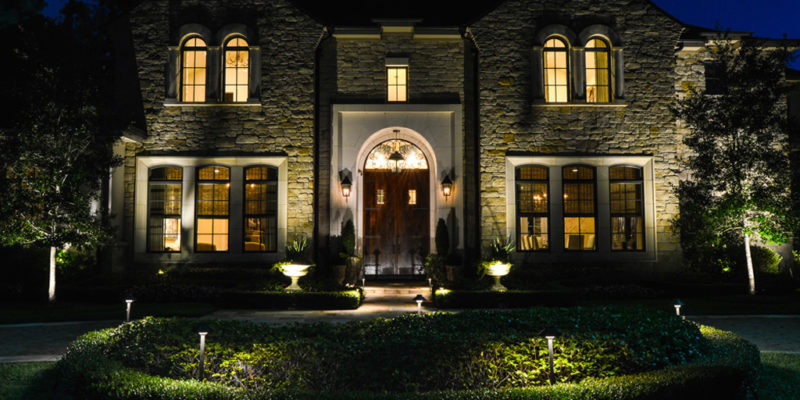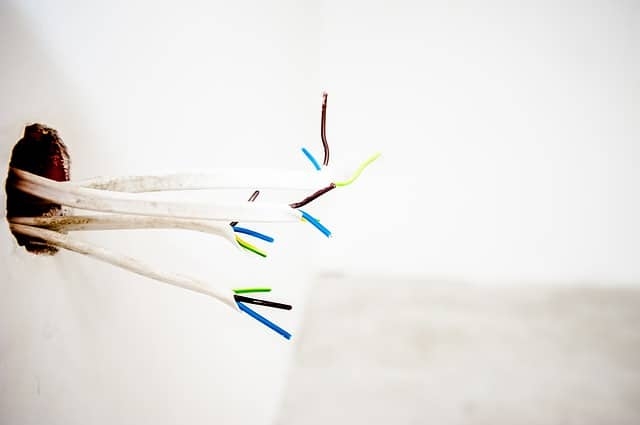Robert Huff Outdoor Lighting: A Color, Light, And Temperature Guide Part 2
Choosing Your Measured CCT
When choosing your desired CCT, it is best to keep in mind that all the objects, as well as the colors within a designated space, are brought out with that of warmer CCTs. As a result, designers suggest temperatures of 2700K and 3000K to highlight the reds and yellows of wood grain flooring. From a commercial or industrial standpoint, they generally tend to lean to those sources which can provide 4000K to 5000K since it readily matches that of outdoor lighting and creates a productive feeling. As far as cooler light is concerned, an advantage is that it has always been seen as being brighter than those of warm sources. As such, numerous businesses are bending toward cooler temperatures which can, in turn, save them some money. This is achieved as a result of saving energy since less light would be used when compared to warmer sources.
The Pros And Cons Of Residential Outdoor Lighting In Houston
There are several pros and cons with respect to the warmer temperatures of outdoor lighting for residential use. This is as a result of the environment that the lights are being placed into, as such, warm colors are generally thought of as being not bright enough when they are placed into areas where people want to work with white light that is crisp. Some areas present cool colors which occur naturally and when they enter, they can be seen as being more yellow or even pink, this then causes individuals to think that the lights are not working properly. Cool colors are typically viewed as being institutional or even sterile and this is a huge downside.
Warm Color Temperatures
With all said, numerous individuals wouldn’t prefer the change from a warm color since they may feel that it is too bright for their liking. In order to choose the proper outdoor lighting, it is best to assess your environmental needs beforehand and inform your supplier of the type of environment as well as the ambiance that you intend to create. It should also be noted that if you’re interested in changing your initial light sources, such as in the case of fluorescent to LED or even CCT, you should definitely ensure that your entire room has been completed since come differences are not distinguishable to others.
If you are looking to further learn about the temperatures of colors and how they can affect the colors within your backyard outdoor lighting projects, be sure to contact Robert Huff Outdoor Lighting or call us at 713.861.2000. Or simply visit our blog.


 The dangers associated with mixing electricity and water are well-known. Despite that, many people install outdoor electrical outlets and plugs without really thinking about the dangers that could occur during periods of rain.
The dangers associated with mixing electricity and water are well-known. Despite that, many people install outdoor electrical outlets and plugs without really thinking about the dangers that could occur during periods of rain.